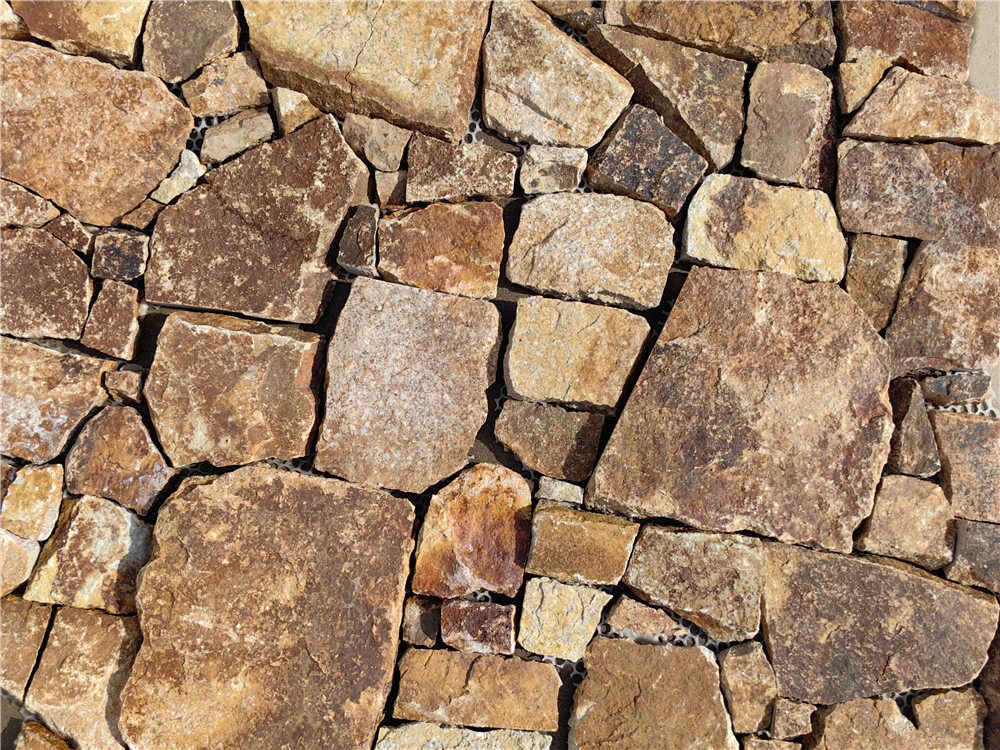The Timeless Elegance of Cultured Stone Houses

Introduction
Cultured stone houses have been a popular choice for homeowners looking to achieve a classic and elegant aesthetic for their homes. These houses are known for their durability, versatility, and timeless appeal. In this article, we will explore the history of cultured stone houses, the benefits of using cultured stone in construction, the different styles and designs available, and how to maintain and care for a cultured stone house.
History of Cultured Stone Houses
The concept of using cultured stone in construction dates back to ancient times when civilizations used stone to build structures that stood the test of time. Over the years, advancements in technology and construction techniques have led to the development of cultured stone - a manufactured alternative to natural stone that offers the same beauty and durability at a more affordable cost.
The use of cultured stone in residential construction gained popularity in the late 20th century as homeowners sought to replicate the look and feel of natural stone without the hefty price tag. Cultured stone houses quickly became a symbol of luxury and sophistication, with their distinctive appearance and long-lasting quality.
Benefits of Cultured Stone Houses
There are numerous benefits to choosing a cultured stone house for your next construction project. One of the primary advantages is the cost savings compared to using natural stone. Cultured stone is more affordable to produce and install, making it a budget-friendly option for homeowners looking to achieve a high-end look without breaking the bank.
In addition to cost savings, cultured stone houses offer excellent durability and weather resistance. Cultured stone is engineered to withstand the elements, making it an ideal choice for homes in regions with extreme weather conditions. Cultured stone is also low maintenance, requiring minimal care and upkeep to maintain its appearance over time.
Another benefit of cultured stone houses is the wide range of styles and designs available. From traditional to modern, there are countless options to choose from when it comes to selecting the right cultured stone for your home. Whether you prefer a rustic, old-world charm or a sleek, contemporary look, there is a cultured stone style to suit your taste and preferences.
Styles and Designs of Cultured Stone Houses
Cultured stone houses come in a variety of styles and designs, each offering a unique aesthetic appeal. Some popular styles of cultured stone houses include:

1. Rustic Charm: Rustic cultured stone houses often feature irregularly shaped stones with a rough-hewn texture, giving them a cozy and inviting look reminiscent of a countryside cottage.
2. Modern Elegance: Modern cultured stone houses typically showcase clean lines and sleek surfaces, creating a sophisticated and contemporary appearance that is perfect for urban settings.
3. Mediterranean Influence: Cultured stone houses inspired by Mediterranean architecture often incorporate intricate details and ornate designs, bringing a touch of old-world charm to the modern home.
4. Coastal Retreat: Coastal cultured stone houses are characterized by light-colored stones and a breezy, relaxed vibe that evokes the feeling of a seaside getaway.
5. Traditional Elegance: Cultured stone houses with a traditional design feature classic elements such as symmetrical facades, peaked roofs, and timeless stone finishes that exude elegance and sophistication.
Maintaining a Cultured Stone House
While cultured stone houses are known for their durability and low maintenance requirements, it is essential to take proper care of your home to ensure it remains in top condition for years to come. Here are some tips for maintaining a cultured stone house:
1. Regular Cleaning: To keep your cultured stone house looking its best, it is essential to clean the exterior surfaces regularly. Use https://www.fs-slate.com/roofing-slate/ and water to remove dirt, grime, and debris from the stones, and rinse thoroughly with a hose.
2. Inspect for Damage: Periodically inspect your cultured stone house for any signs of damage, such as cracks, chips, or discoloration. Address any issues promptly to prevent further deterioration and maintain the integrity of your home.
3. Seal the Stone: Depending on the type of cultured stone used in your home, it may be beneficial to apply a sealant to protect the surface from water damage, staining, and fading. Consult with a professional to determine the best sealant for your specific stone.
4. Trim Vegetation: Trim back any vegetation, such as bushes or trees, that may be in contact with the cultured stone to prevent damage from roots, branches, or leaves.
5. Professional Maintenance: For more extensive maintenance tasks, such as repairing cracks or resealing the stone, consider hiring a professional contractor with experience working with cultured stone to ensure the job is done correctly and effectively.
Conclusion
Cultured stone houses are a timeless and elegant choice for homeowners looking to enhance the beauty and durability of their homes. With a wide range of styles and designs available, as well as numerous benefits such as cost savings, durability, and low maintenance requirements, cultured stone houses offer a versatile and sophisticated option for residential construction. By following proper maintenance practices and caring for your cultured stone house, you can enjoy its beauty and functionality for years to come.
